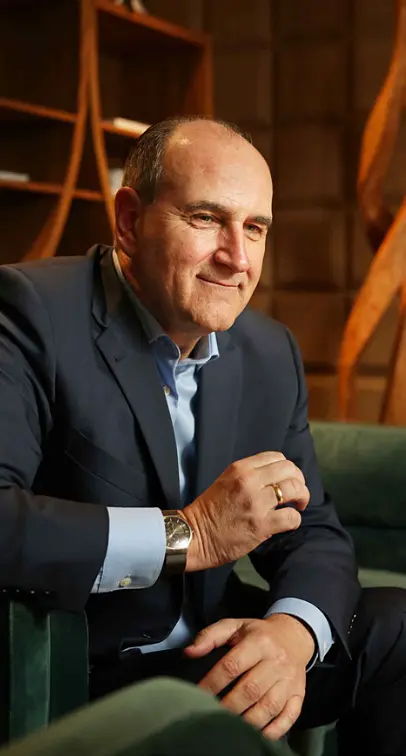THE WORLD’S #1 EXECUTIVE COACHING AND BUSINESS COACHING BLOG SINCE 2017.
Can Someone Really Be “Uncoachable”?
May 27, 2016 | Category: Blog, Executive Coaching
It wasn’t that long ago that executive coaching bore a stigma, because it was often used to attempt to “fix” executives or problems when nothing else was working. Everything is different now. Executive coaching is now regarded by most business professionals as a sign someone has made it to the top echelons, and most of the world’s largest companies employ coaches. The executives being coached are primarily interested in improving themselves, including their self-awareness, listening skills, empathy, and interpersonal skills. But despite the overwhelming acceptance of executive coaching these days, some top professionals remain resistant to it. Some might even be said to be “uncoachable.” Here’s what you should know about who benefits from executive coaching most, and how coaches are able to get through to the executive who is coaching-resistant.
 Executive coaching used to be about salvaging a bad situation, but that is no longer the case.
Executive coaching used to be about salvaging a bad situation, but that is no longer the case.Coaching Should Not Be a Last Ditch Effort
In the old way of doing things, a coach wasn’t brought in until there was no other choice. It was seen as a last resort before firing an executive who wasn’t producing results. Coaches have long known the folly of only turning to coaching out of desperation, and in fact relate that some of their worst coaching experiences involved taking on clients who were in serious trouble already. When coaching is considered the last effort before firing an executive, dissolving a team, or shuttering a business, it is often the case that the situation is too far advanced to be turned around. There are other situations where coaching is challenging, but not at all a lost cause.
Misconceptions Within the Person Being Coached
The person who comes closest to being “uncoachable” is the successful professional who has zero interest in making changes. He or she believes everything is going swimmingly, and if it isn’t, it’s someone else’s fault. Coaches risk wasting considerable time and energy on the person who doesn’t believe that coaching will benefit them. If the first step to addressing a problem is recognizing that it exists, then coaches have a serious problem with people who are convinced they’re doing things right. It doesn’t mean coaching these people is impossible, but that it will involve additional steps to convince the executive of the value of coaching.
Misconceptions About What Coaching is and is Not

Being a coach is not the same as being a drill instructor.
It’s easy for some people to define coaching as “telling someone what to do,” particularly if they come from an era when executive coaching was brought in to try to save a failing executive or company. But anyone who has ever had a good sports coach knows that coaching isn’t about someone pressing an agenda. Rather, it’s about identifying strengths and weaknesses, and maximizing the former while working to overcome the latter. That involves far more than telling someone to take a public speaking course. Coaches may have to overcome resistance from executives who misunderstand the nature of coaching.
Coaching the Resistant
Succeeding in coaching the reluctant executive involves initial steps that may be skipped with the person who is open to coaching. For example, the coach may need to establish their credentials and go into detail about case studies. Or the coach may need to cite the science and theories behind coaching effectiveness. With the resistant executive, the coach must ensure that his or her concern is genuine and openly expressed. And coaching may simply take more time with the reluctant executive than it would with someone less resistant. It may require more ascertaining the executive’s strongest learning style and making use of that in coaching. Most of all, successfully coaching the resistant requires understanding the cause of the client’s reticence so that it can be addressed.
While the executive coach makes decisions on which clients to take on partly based on how amenable the client is to being coached (and other factors), it generally benefits no one to consider a client “uncoachable.” This is not to say that such a person doesn’t exist, but that it would be unlikely for that person to make it to a top leadership position based on their own merit. Sometimes coaches must turn down clients due to a clash in interpersonal style or strong resistance from the client. But in many cases, reaching the “uncoachable” person can be done systematically and carefully, leading to a successful coaching relationship. I encourage you to learn more about leadership coaching and how it can turn a good executive into a great one.


